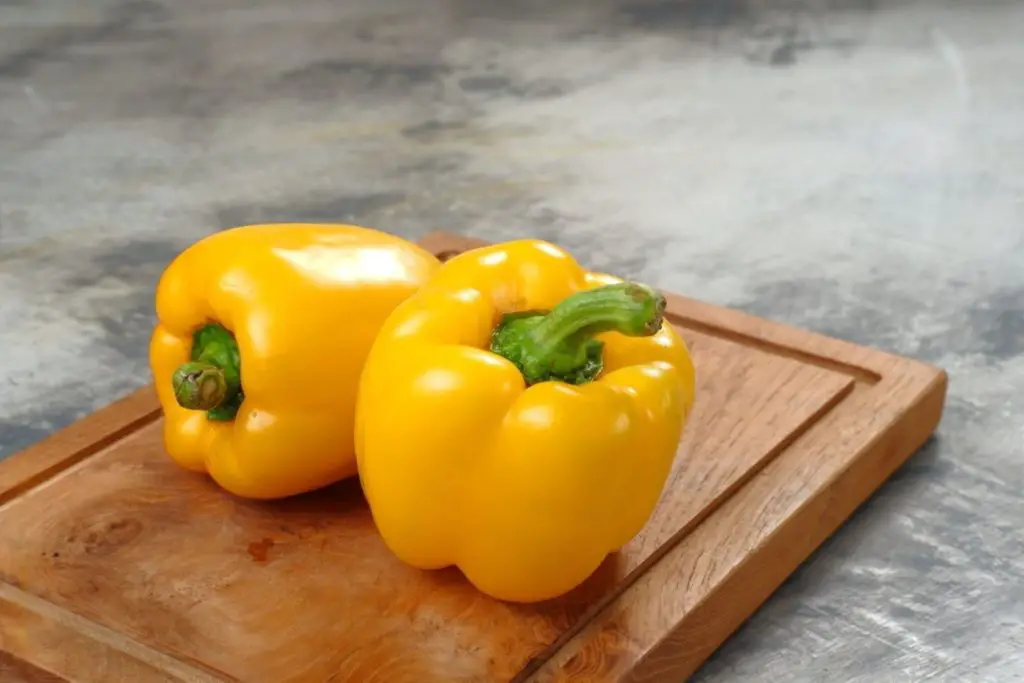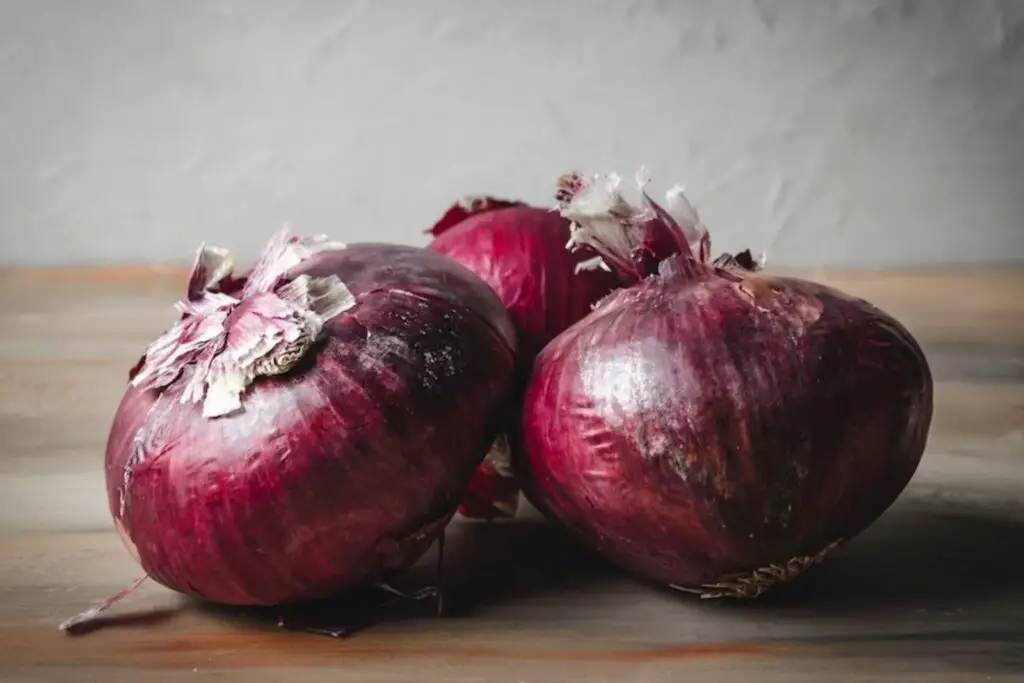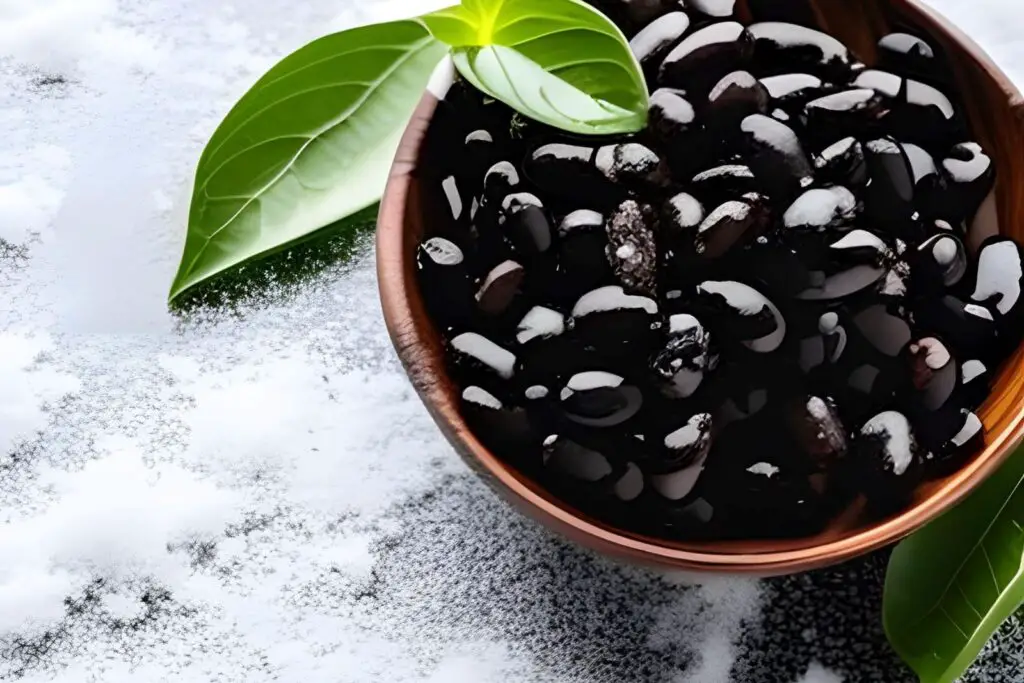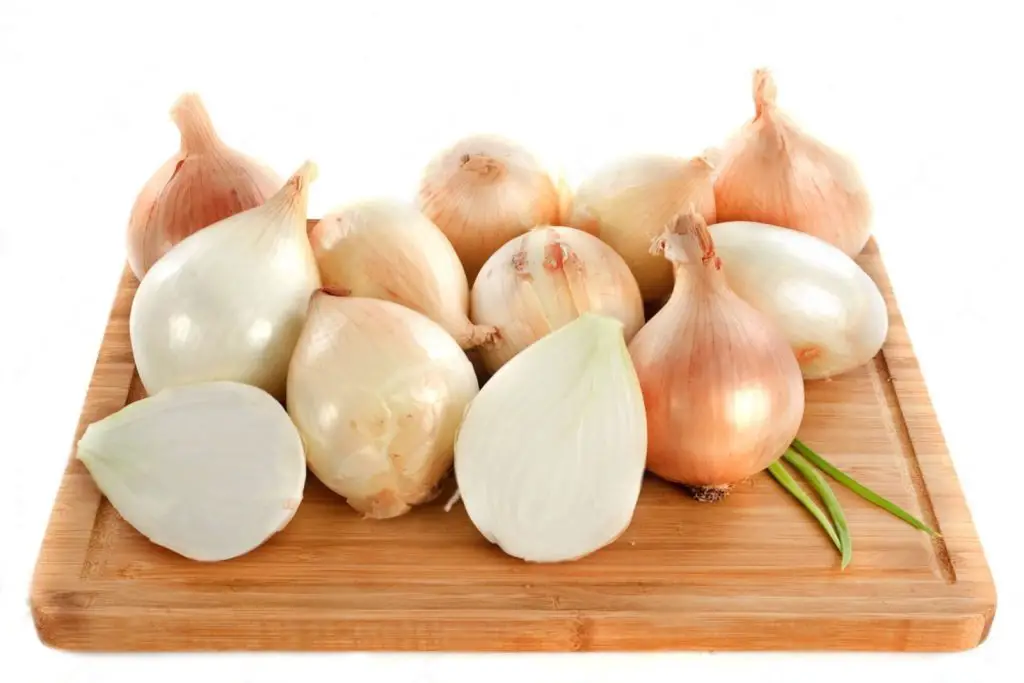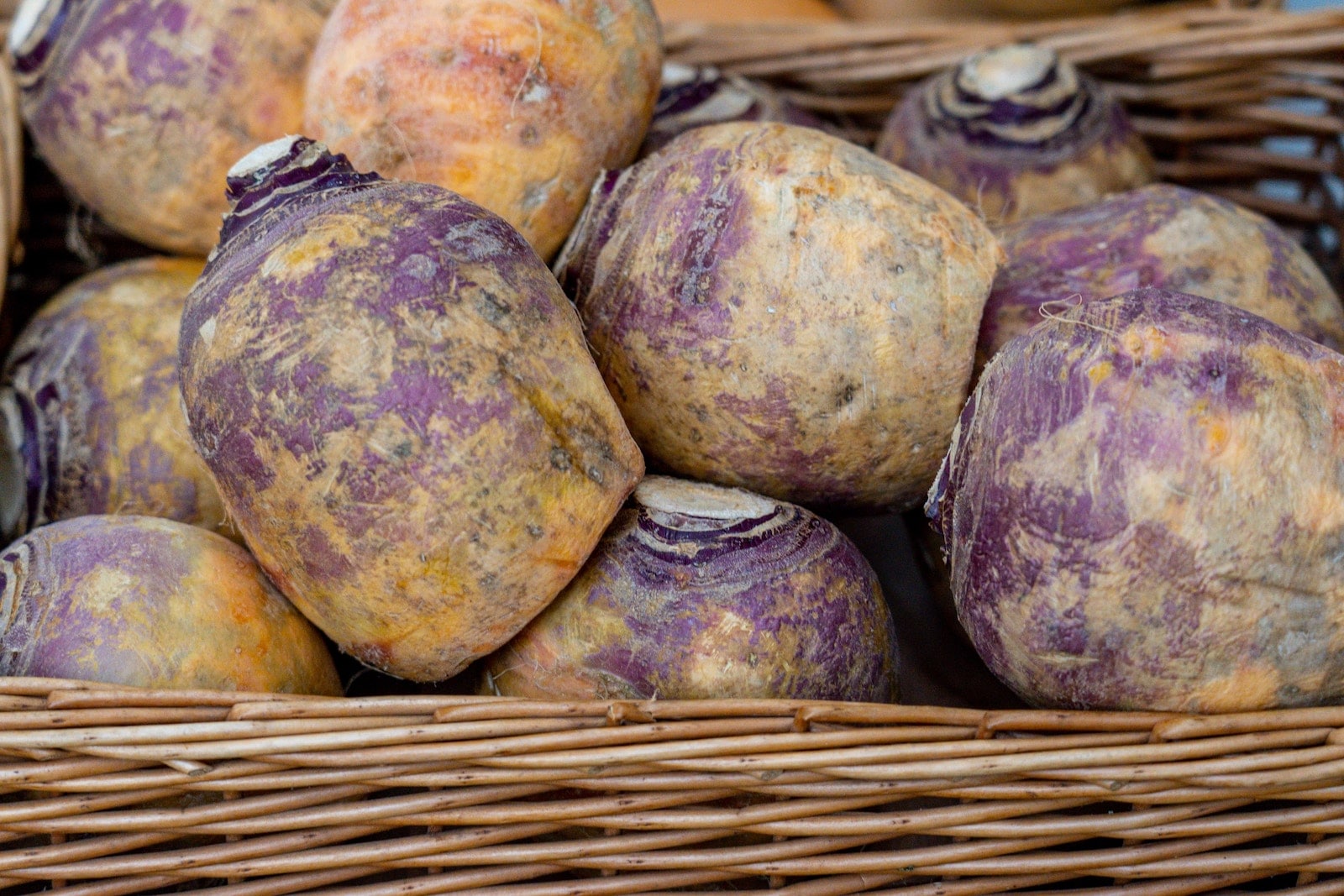
Rutabaga, also known as swede or yellow turnip, is a versatile root vegetable that adds a deliciously hearty and slightly sweet flavor to various dishes. If you have an abundance of fresh rutabaga or want to stock up for future use, freezing is an excellent option to preserve their taste and nutritional value. Freezing rutabaga not only extends its shelf life but also allows you to enjoy its distinct flavor and texture throughout the year. By properly preparing and packaging rutabaga for freezing, you can lock in its freshness and maintain its quality for future use in soups, stews, roasted dishes, or as a side vegetable. With frozen rutabaga readily available in your freezer, you can effortlessly incorporate this nutritious and flavorful root vegetable into your favorite recipes whenever the craving strikes.
Here are the steps to freeze rutabaga:
Step 1: Wash and peel the rutabaga.
Before cooking with rutabaga, it is important to properly wash and peel it to remove any dirt or debris that may be present on the skin.
To wash the rutabaga, first, rinse it under cold running water. This will help to remove any visible dirt or debris. It is important to use cold water as warm water can cause the rutabaga to soften and become more difficult to peel.
After rinsing the rutabaga, use a peeler to remove the skin. Hold the rutabaga in one hand and the peeler in the other hand. Start at the top of the rutabaga and use a downward motion to remove the skin. Be sure to remove all of the skin, as leaving any behind can result in a tough, chewy texture in the cooked rutabaga.
Step 2: Cut the rutabaga into pieces.
After washing and peeling the rutabaga, the next step is to cut it into pieces for cooking. There are various ways to cut rutabaga, and the choice of method depends on the cooking method and personal preference.
One common way to cut the rutabaga is to slice it into small, bite-sized pieces. To do this, first, cut the rutabaga in half lengthwise, so you have two halves. Then, place each half flat side down on the cutting board and slice it crosswise into pieces of the desired thickness. The pieces should be roughly the same size to ensure even cooking.
Alternatively, you can slice the rutabaga into thin rounds. To do this, use a sharp knife to slice the rutabaga crosswise into rounds of the desired thickness. This method is particularly useful if you plan to roast or bake the rutabaga as it allows for even cooking and a crispy texture.
Step 3: Blanch the rutabaga.
To blanch rutabaga, the first step is to bring a pot of water to a rolling boil. The pot should be large enough to accommodate the rutabaga pieces without overcrowding. It is also recommended to add a pinch of salt to the boiling water to enhance the flavor of the rutabaga.
Once the water has reached a rolling boil, carefully add the rutabaga pieces to the pot using a slotted spoon. Be sure not to overcrowd the pot as this can cause the rutabaga to cook unevenly. Let the rutabaga blanch in the boiling water for 2-3 minutes.
After the allotted time has passed, use the slotted spoon to remove the rutabaga from the boiling water and immediately transfer it to a bowl of ice water. The ice water will stop the cooking process and help to preserve the color and texture of the rutabaga.
Step 4: Drain and dry the rutabaga.
To drain the rutabaga, first, carefully pour it into a colander placed over the sink or a large bowl. Let the rutabaga sit in the colander for a few minutes to allow excess water to drain out.
Once the rutabaga has drained, use a clean towel or paper towels to pat it dry. Gently press the towel against the rutabaga to remove any remaining moisture. Be sure to dry the rutabaga thoroughly, as any excess moisture can cause it to steam instead of brown when cooked.
If you plan to use the rutabaga immediately, you can proceed to the next step of your recipe. However, if you are not using it right away, you can store it in an airtight container in the refrigerator for up to 3-4 days. Just be sure to dry it thoroughly before storing it, as any excess moisture can cause it to spoil faster.
Step 5: Package and label the rutabaga.
Choose an appropriate container or bag for the rutabaga. Freezer-safe containers or resealable bags are best as they help to prevent freezer burn and keep the rutabaga fresh for a longer period of time. Be sure to choose a container or bag that is the appropriate size for the amount of rutabaga you are storing, as too much empty space can also cause freezer burn.
Next, carefully transfer the blanched and dried rutabaga into the container or bag, making sure to leave some room at the top for expansion during freezing. Seal the container or bag tightly, making sure there are no air pockets inside.
Finally, label the container or bag with the date and contents. This is important as it allows you to keep track of how long the rutabaga has been stored and makes it easy to identify in the future. You can also write down any cooking instructions or notes on the label if you wish.
Step 6: Freeze the rutabaga.
The final step in storing your blanched and dried rutabaga is to freeze it. Freezing helps to preserve the quality and freshness of the rutabaga for a longer period of time, allowing you to use it in your favorite recipes whenever you like.
To freeze your blanched and dried rutabaga, simply place the container or bag into the freezer and make sure it is placed in a flat and stable position. It is important to make sure that the rutabaga is frozen until it is solid, which can take several hours or overnight depending on the quantity of the rutabaga and the temperature of your freezer.
It is important to note that rutabaga that has not been blanched and dried may become mushy or develop freezer burn when frozen, which can affect its flavor and texture. Therefore, it is important to follow the steps of blanching and drying the rutabaga before freezing to help preserve its quality.
Other related questions
How do you defrost frozen rutabaga?
To defrost frozen rutabaga, transfer it from the freezer to the refrigerator and let it thaw overnight. Alternatively, you can thaw it in the microwave or in a bowl of cold water. Once thawed, use the rutabaga as you would normally in your desired recipe.
How do you know if frozen rutabaga has gone bad?
Frozen rutabaga that has gone bad will have a sour or rancid smell, and the texture may be mushy or slimy. If you notice any of these signs, it is best to discard the rutabaga to avoid any potential health risks.
How long can frozen rutabaga last in the freezer?
Frozen rutabaga can last up to 8-12 months in the freezer. Proper storage and temperature are important to maintain the quality and freshness of the frozen rutabaga. It’s recommended to use airtight containers or freezer bags and label them with the date of freezing to keep track of the shelf life.
Can you freeze mashed rutabaga?
Yes, you can freeze mashed rutabaga. To freeze, let the mashed rutabaga cool, then transfer it to a freezer-safe container or bag. Be sure to label the container with the date and use within 3 to 6 months for best quality. Thaw the frozen mashed rutabaga in the fridge overnight before reheating.
Can you freeze rutabaga fries?
Yes, you can freeze rutabaga fries. After cutting them into the desired shape, blanch them in boiling water for 2-3 minutes, then place them in an ice bath to stop the cooking process. Pat dry, place in a single layer on a baking sheet, and freeze for 1-2 hours. Transfer to a freezer-safe container or bag, remove as much air as possible, and store in the freezer for up to 8 months. When ready to cook, bake them in a preheated oven until crispy.
Can you refreeze rutabaga after it has been thawed?
It is generally not recommended to refreeze rutabaga after it has been thawed, as this can lead to a loss in quality and texture. It’s best to use thawed rutabaga within 1-2 days and avoid refreezing it.
What is the texture of frozen rutabaga like after it has been thawed?
The texture of frozen rutabaga can be slightly softer and more delicate than fresh rutabaga after being thawed. However, this can vary depending on the cooking method and the length of time it was frozen.
Can you use frozen rutabaga in stews or casseroles?
Yes, frozen rutabaga can be used in stews and casseroles. However, the texture may be slightly softer than fresh rutabaga, and it may release more liquid during cooking. To prevent this, it’s best to thaw and drain the rutabaga before adding it to the dish.
Can you freeze rutabaga leaves?
It is possible to freeze rutabaga leaves, but they may become wilted and lose some of their flavor and nutritional value. It is generally recommended to use fresh rutabaga leaves as soon as possible after harvesting for the best results. If you do decide to freeze them, blanching the leaves before freezing can help preserve their texture and color.
Can you freeze rutabaga soup or puree?
Yes, you can freeze rutabaga soup or puree. It’s best to let it cool to room temperature before transferring it to a freezer-safe container or bag. Leave some headspace to allow for expansion during freezing. Thaw in the fridge overnight before reheating. The texture may be slightly different after freezing and thawing, but it should still be flavorful.
Is it safe to eat frozen rutabaga raw after thawing?
No, it is not recommended to eat frozen rutabaga raw after thawing, as the freezing process can change its texture and taste, and may also affect its nutritional value. It is best to cook the thawed rutabaga before consuming to ensure its safety and palatability.

